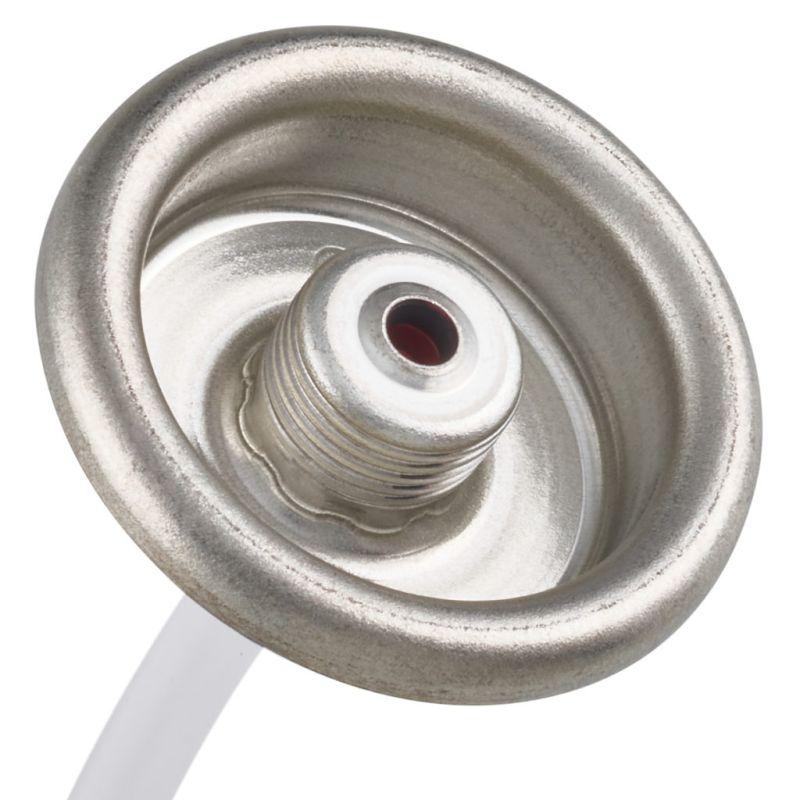What Test Methods Reveal Valve Failures Before Products Leave The Line

A reliable product needs a valve you can trust, and testing is where that trust is earned. Manufacturers and brands put an Aerosol Can Valve through a battery of checks before a can ever reaches retail. Those tests look for leaks, consistent dose delivery, durability under repeated use, and stable performance across temperature and handling extremes. Because aerosols carry pressure and active formulations, valve testing protects consumers, workers, and the supply chain while also ensuring the finished product works the way designers intend.
Leak detection is usually the first gate. Simple visual bubble tests in a controlled water bath, pressure decay measurements, and more sensitive tracer gas checks are common tools labs use to spot even tiny failures at crimps, valve seats, or stem interfaces. A leaking valve can cause product loss, create safety risks during transport, and trigger recalls, which is why manufacturers run these checks both during development and as routine end of line tests. Rapid pass fail methods keep production moving while more sensitive methods are reserved for suspect lots or new designs.
Once leakage is ruled out, performance tests validate how the valve behaves in use. Spray pattern analysis examines uniformity and plume geometry to ensure the product lands where it should and performs consistently. Discharge rate and dose tests record how much liquid or foam is delivered per actuation and across multiple cycles, producing metrics that downstream formulators and marketers rely on when they promise a regulated dose or steady spray. Metered products require particularly tight tolerances, so valves for those lines see stricter sampling and statistical acceptance criteria.
Durability and life cycle evaluations show how valves age. Actuation cycling simulates thousands of presses to reveal wear on the stem, gasket relaxation, or changes in opening torque. Environmental stress tests — including temperature cycling, humidity exposure, and vibration — check whether a valve that passed in the lab still seals and actuates after shipping and storage. Corrosion resistance and chemical compatibility tests expose valve components to chosen formulations and propellants to detect swelling, shrinkage, or seal degradation that could undermine long term performance.
Functional safety tests bridge lab checks and real world handling. Drop tests, impact simulations, and orientation checks confirm that protective caps and valve cups prevent accidental discharge during transit. Some programs include controlled puncture or crush simulations to assess how damaged units behave and whether safety features reduce the chances of a hazardous event on the dock or in a vehicle. These tests are particularly relevant given recent attention to safe handling of pressurised containers in distribution hubs and last mile logistics.
Compatibility with filler lines and actuators is also assessed early. Incoming component inspection for valve dimensions, actuator fit, and sealing surface quality prevents assembly mismatches that would otherwise force line stops. Manufacturers run dimensional checks and sample-fit trials on production tooling so that the valve that passed its standalone tests meets expectations when fitted to the can and the chosen actuator or spray head. These front line checks reduce rejects and protect throughput on high speed filling lines.
Regulatory and industry test protocols inform many of the methods in use. Pharmacopoeias, industry guidance, and buyer specifications supply test thresholds for products in tightly regulated categories such as pharmaceuticals or food aerosols; consumer and industrial products follow a mix of standards and supplier agreed routines. For global brands, alignment with local safety rules and documented evidence of testing shortens approval cycles in different markets and lowers the risk of customs or retail holds.
Modern quality systems layer data and traceability on top of physical testing. Batch level records, lot codes tied to inspection reports, and automated test logs let procurement and quality teams trace observed field issues back to a single production run. When a complaint emerges, documented test history helps isolate whether the problem is a material fault, a filling process deviation, or a handling incident in transit. That speed in root cause analysis reduces costly quarantines and makes corrective actions more precise.
Beyond the lab, suppliers increasingly publish handling guidance and valve notes that help customers and logistics partners keep tested performance intact through distribution and retail. Clear packaging icons, upright pallet recommendations, and cap protection guidance are small operational signals that reduce damage rates and ensure the unit that passed testing actually performs at the point of use. These practical steps matter as much as the test bench results when brands aim to maintain reputation in busy marketplaces.
If you evaluate valves for a product line, look for a combination of leak testing, dose and spray characterization, life cycle actuation data, and documented compatibility trials with your filler and actuators. Also confirm environmental and handling simulations reflect your logistical realities. Suppliers that provide this evidence in product pages and technical packs make specification and approval far faster for both procurement and quality teams. For practical valve notes and examples of industry test practices consult supplier technical pages and product details such as those collected on specialist valve portals including the aerosol valve category on many manufacturer sites at https://www.bluefirecans.com/ which gathers valve notes and handling guidance to support buyers and engineers.
- Fashion
- Art
- Causes
- Crafts
- Dance
- Drinks
- Film
- Fitness
- Food
- Παιχνίδια
- Gardening
- Health
- Κεντρική Σελίδα
- Literature
- Music
- Networking
- άλλο
- Party
- Religion
- Shopping
- Sports
- Theater
- Wellness
